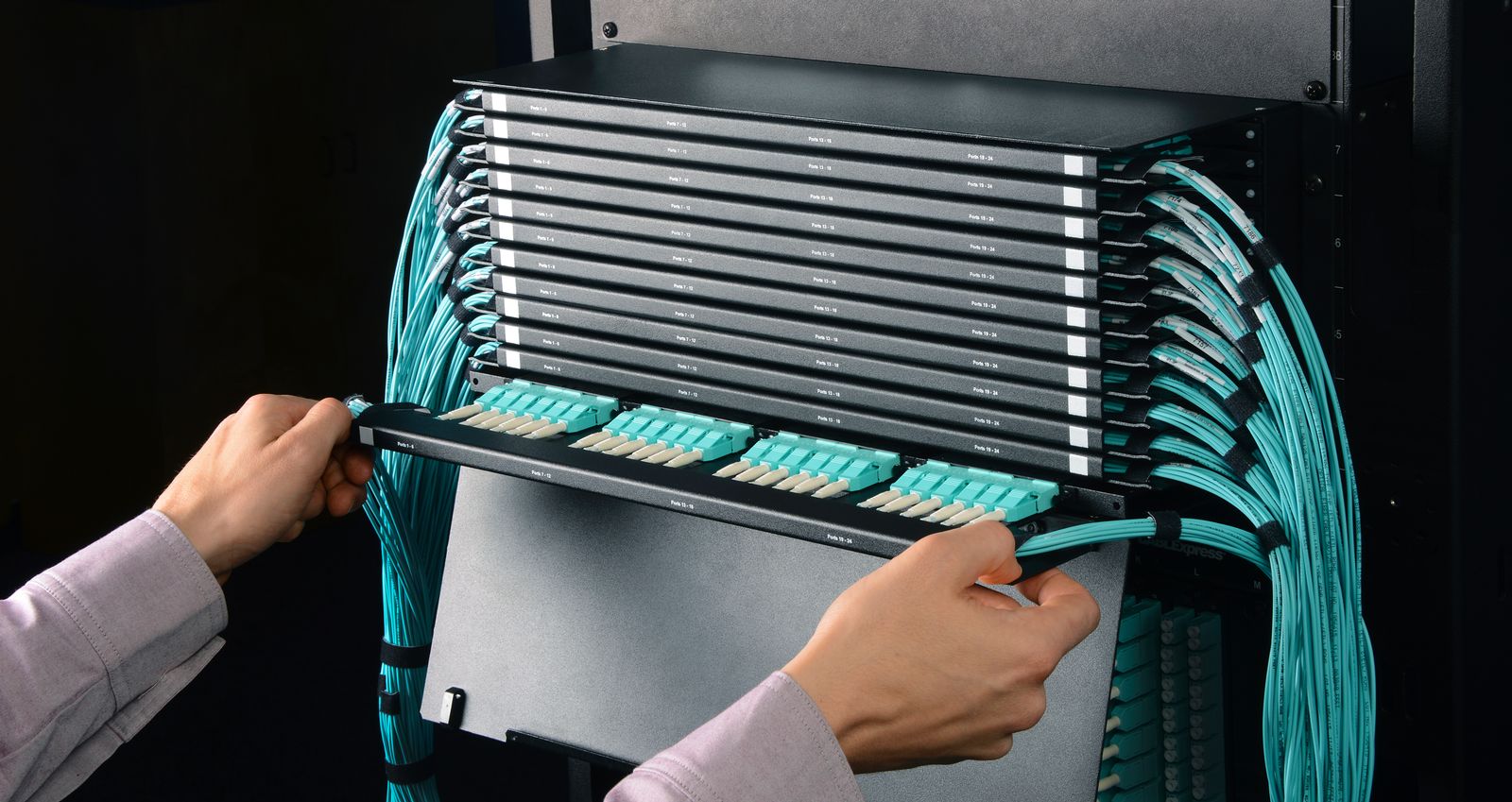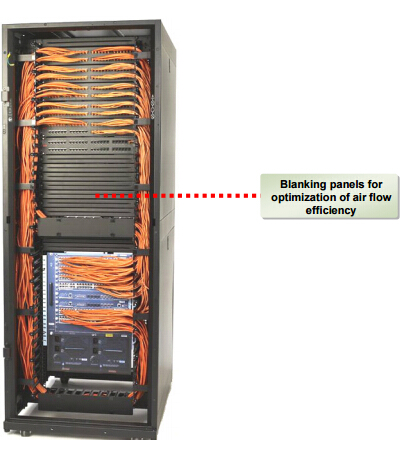For some data center professionals, organizing cables and devices with high density enclosures can be a stressful and time-consuming chore. However, one can never ignore or underestimate the importance of the structured and organized cabling system. Fortunately, thanks to the flexibility of new enclosure designs, a standard for organizing enclosure space, as well as power and data cables can be easily implemented. In this article, we will explain the significance and benefits of efficient high density cable management and provide a five-step guidance towards how to achieve this goal.
Why High Density Cable Management Matters?
Data center managers and operators may have realized the fact that crowded enclosure and cable mess would pose potential threat to overall network reliability, not only on efficiency and uptime, but also on the overall look and feel of the data centers. It is generally accepted that data center efficiency is driven by energy consumption, which is closely related to the structure and organization of the cables in each enclosure. Therefore, cable management in high density cable environment plays a significant role in determining whether the network can operate smoothly and efficiently. In addition to that, the overall appearance and circumstance of your cabling system generally indicates the cleanliness and professionalism of the entire data center.

Benefits of High Density Cable Management
After talking about the necessities and importance of managing equipment and cabling inside of the enclosure. Let’s move to what we are supposed to benefit from an organized and optimized high density cabling system.
Proper management of high density data and power cabling within an enclosure will deliver various benefits that will enhance your system availability and improve your bottom line.
Reduced signal interference—the elimination of crosstalk and interference between cables will enhance system performance.
Improved maintenance and serviceability—easier access to internal rack components reduces maintenance time and improves safety.
Cooler performance—cooling efficiency within the rack is enhanced thanks to proper positioning of cables to avoid air flow blockage.
A roadmap for growth—effective cable management solutions provide the ability to scale and adapt to changes in the IT infrastructure while minimizing service time.
Five Steps for Efficient High Density Cable Management
In this part, we will illustrate five essential steps for facilitating the goals of improved and efficient high density cable management.
Step 1. Plan for higher density
In most cases, two distinct enclosure configuration scenarios can be adopted to high density cabling system. The first consists of an enclosure populated with 1U / 2U servers. The second consists of an enclosure with blade servers. So firstly, an appropriate enclosure environment needs to be assessed. When planning, the first element to consider is whether any of the existing data center enclosures are suitable candidates for hosting higher densities.
Step 2. Calculate enclosure power requirement
Before deploying the specific kind of fiber enclosure, one must determine the maximum power required per enclosure. The estimated power requirement will dictate the particular input power cord and plug configurations needed for the enclosure. All PDUs should have the ability to meter the input current at the branch circuit breakers. This allows the user to determine whether the circuit is approaching the maximum capacity or whether imminent danger of a circuit breaker tripping exists.
Step 3. Select proper enclosure size
For higher density situations, an enclosure either wider than the 24 inch (600 mm) or deeper than the 42 inch (1070 mm) is chosen to provide the space needed for organizing additional data and power cables inside the enclosure. Wider enclosures are now considered a logical choice for higher density server applications. Overall, the wider enclosure provides the most flexibility for equipment and cable organization. Deeper enclosures become an option when the uniqueness of the floor layout dictates a deeper rather than a wider enclosure or when more than two rack PDUs are required.
Step 4. Implement smart cable management
The most effective method for managing cables in high density environments is to implement patch panels or switches dedicated to cabling for a particular row of enclosures. These patch panels or small switches will be terminated back to the core switch or router feeding its section of the data center. The core switch is typically located in another enclosure. This approach is effective because it separates the cabling inside the enclosure from the rest of the data center cable load.
Step 5. Organize for efficient cooling
A simple solution is to install airflow management blanking panels to cover all unused U spaces. Airflow management blanking panels are tool-less and quick and easy to install. In addition, many enclosures have cutouts or other features to route cables from the front to the rear of the enclosure. If these air management features are unused, they can introduce access paths for hot air to enter and circulate inside the enclosure. These cutouts must be closed with panels or grommets to optimize for high density air flow patterns.

Conclusion
Today’s high density rack-based IT server and switching installations provides higher and higher levels of performance and capacity. Therefore, to achieve efficient high density cable management becomes even more important since massive cable must be managed within these tightly spaced rack environments. Hope the five steps we mentioned above could help to manage and optimize your cables and infrastructures.

No comments:
Post a Comment